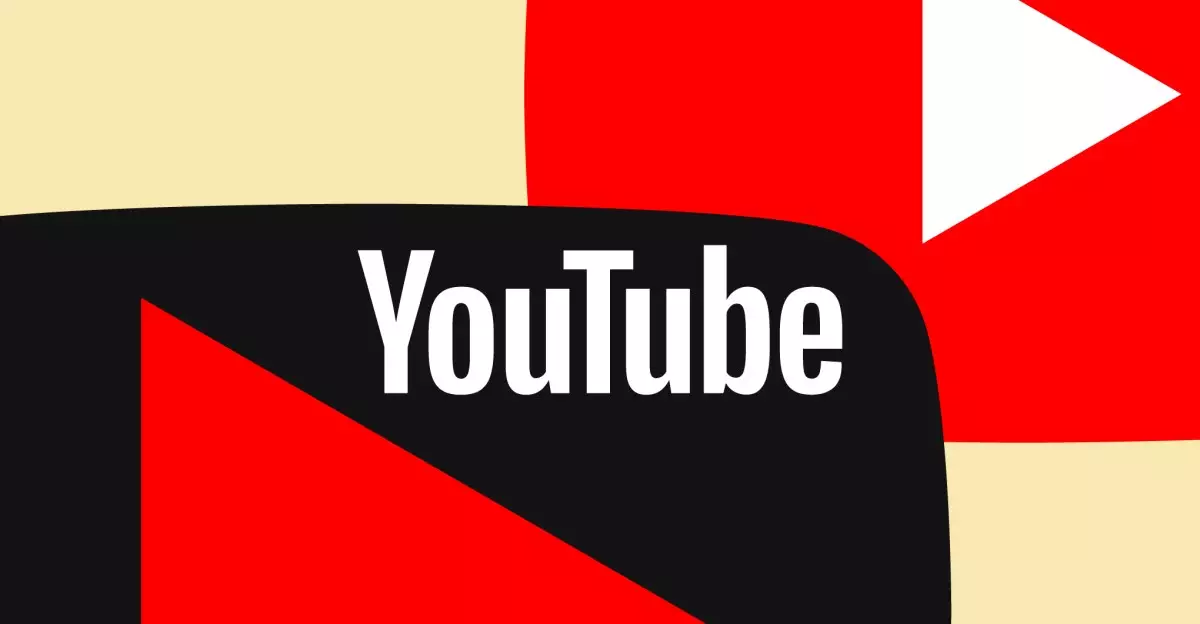YouTube has been making headlines lately, primarily due to its recent back-and-forth regarding its content offerings from Paramount. Initially, a blog post suggested that Paramount’s channels, including CBS and CBS Sports, were on the chopping block, leaving subscribers in a state of anxious uncertainty. However, in a swift turnaround, YouTube announced a deal that enables the retention of these channels, alleviating concerns for viewers who rely on these popular entertainment sources.
This unexpected development highlights the precarious nature of streaming rights in an era dominated by content wars. Wes Davis, a dedicated weekend editor, documents these shifts, giving insights into both the tech and entertainment worlds. His analysis reflects a growing trend in the industry—streaming platforms are increasingly facing dilemmas over licensing deals, forcing them to either enhance offerings or face subscriber backlash. With changes in contracts and deals almost a daily occurrence, platforms like YouTube need to navigate this landscape carefully while retaining their customer base.
Circumstances surrounding this announcement were further complicated by YouTube’s willingness to offer subscribers an $8 credit should the Paramount content become unavailable for any prolonged period. This strategy seemed calculated, aiming to quell concerns and retain users amidst the ongoing negotiation saga. It speaks volumes about YouTube’s recognition of the loyalty and expectations of its audience—essentially stating, “We hear you, and we’re doing our best.”
However, amidst the relief, questions remain about potential price hikes to compensate for this deal. YouTube TV has not shied away from increasing its subscription costs in the past, raising its monthly rate to $82.99 just last December. Many anticipate that this new agreement might lead to yet another adjustment in their pricing structure. A response on X hinting that any changes would be communicated well in advance may have provided some reassurance, yet skeptical subscribers are left weighing their options.
The landscape of streaming services correlates with growing financial commitments from consumers, impacting the budget of many households. Thus, there’s a palpable tension between what subscribers want and what service providers view as necessary for success in an increasingly competitive market.
In light of this content retention strategy, the larger question arises: What does this mean for YouTube in the long term? As platforms strive to define their identities amidst a multitude of offerings, they must be vigilant about maintaining the right mix of content. The battle for subscriber loyalty is fierce, and every decision serves as a reflection of how services regard their audience.
YouTube’s recent tie with Paramount underscores a critical lesson in the streaming industry: securing viewer loyalty often hinges upon delivering comprehensive and appealing content. The ongoing negotiations and outcomes will undoubtedly shape the platform’s future as it seeks to balance the intricacies of content acquisition with consumer satisfaction. As platforms clash over rights and offerings, one thing is certain: viewers will be watching closely and weighing their options as the streaming landscape continues to evolve.

